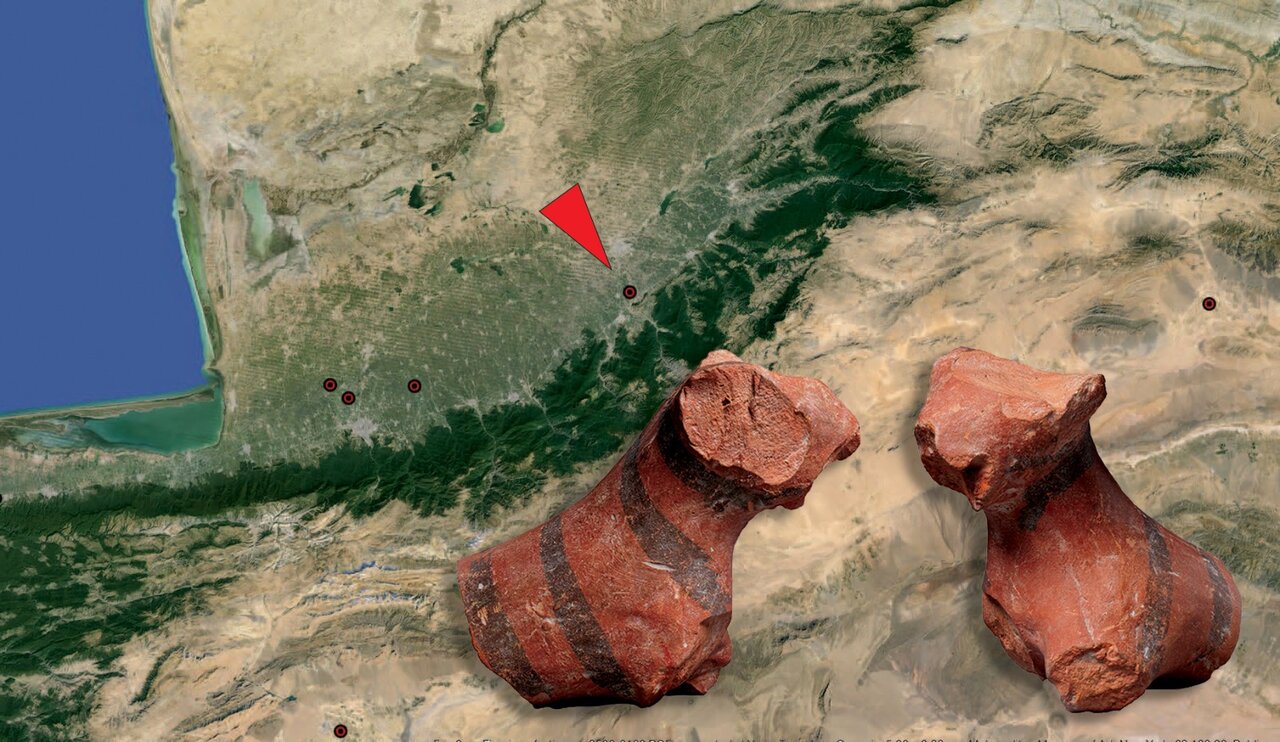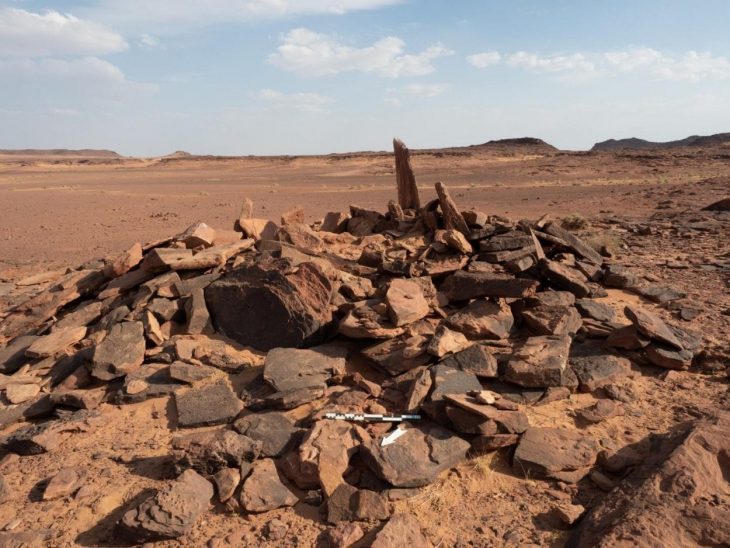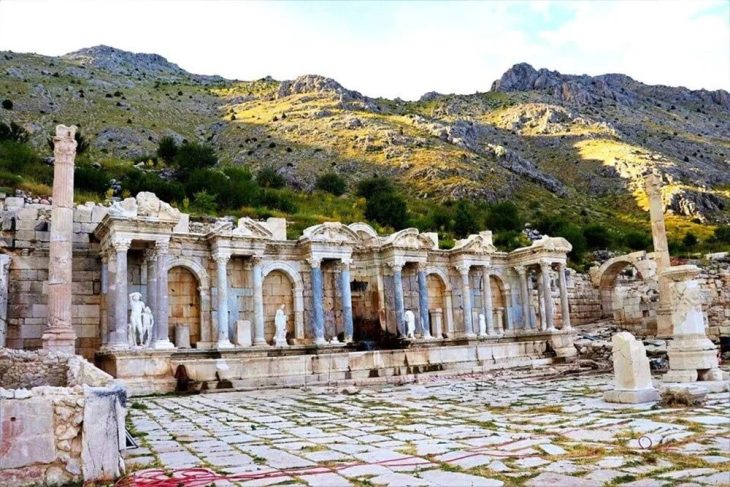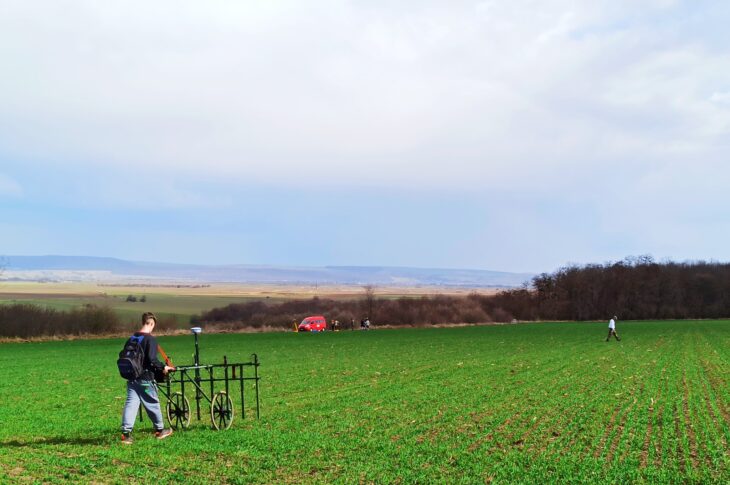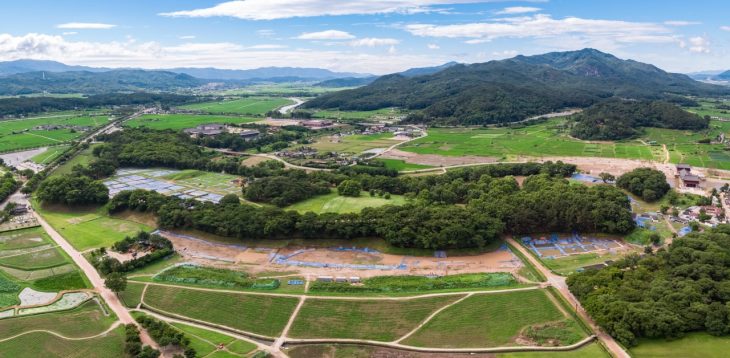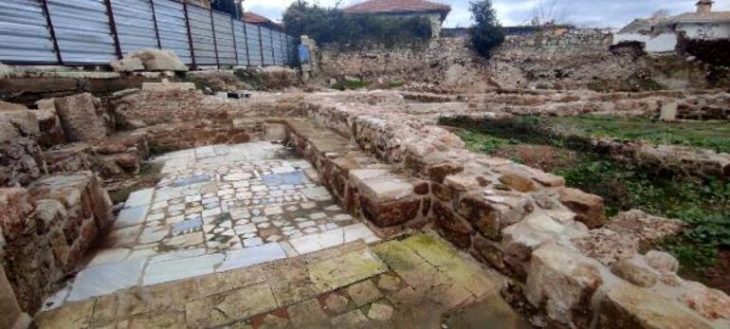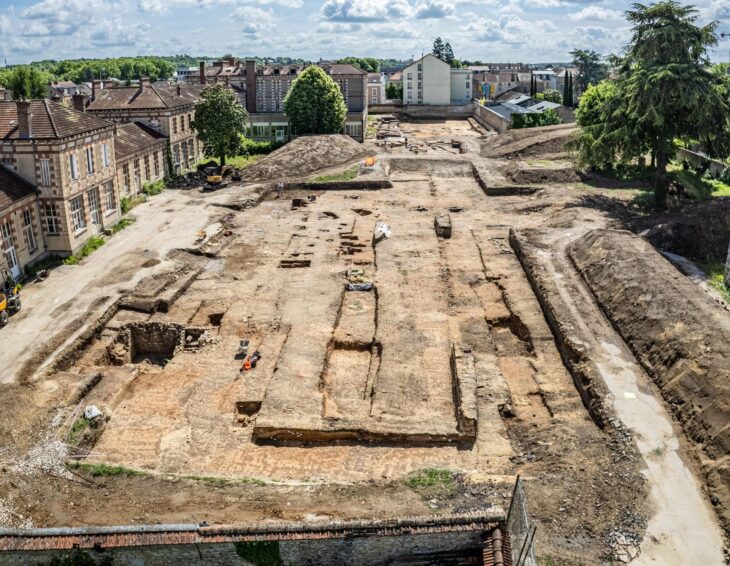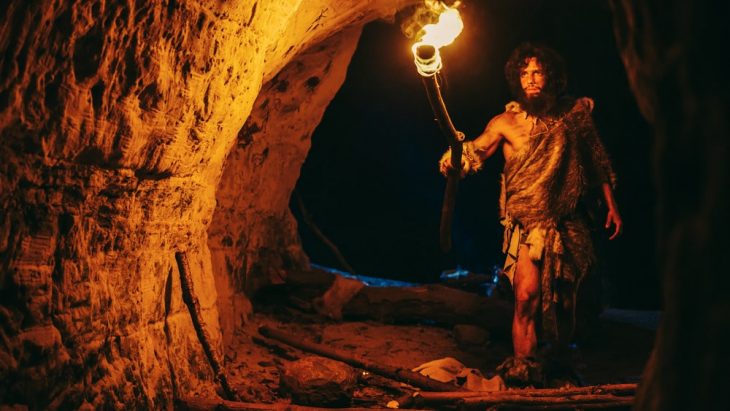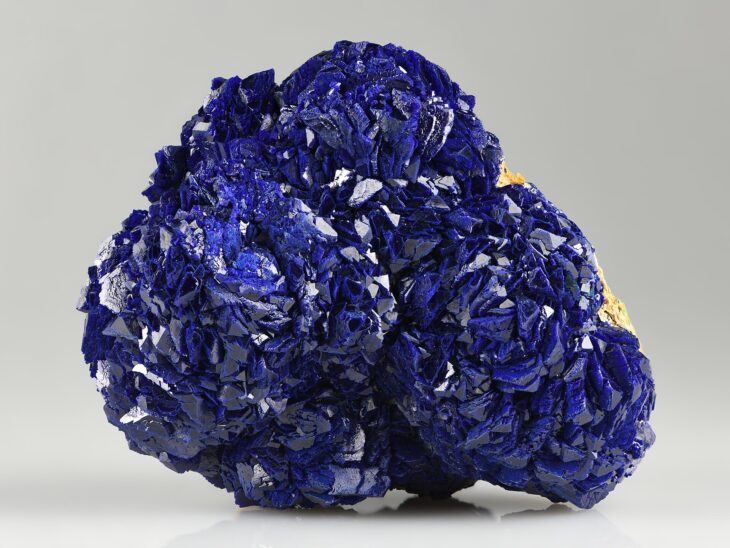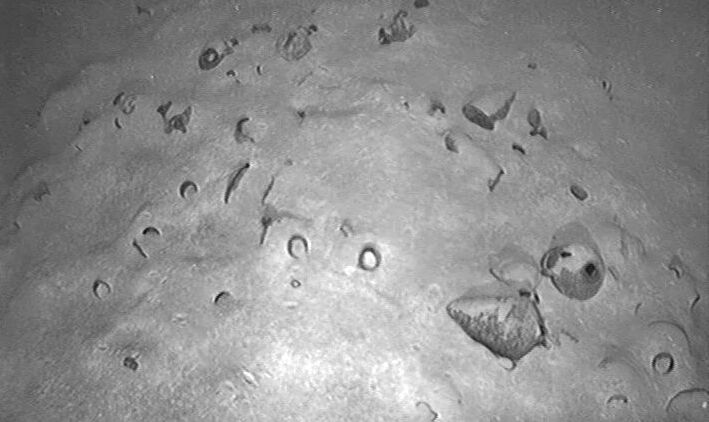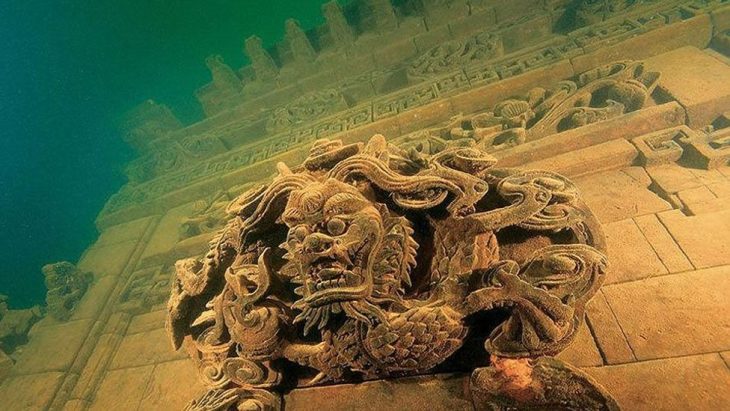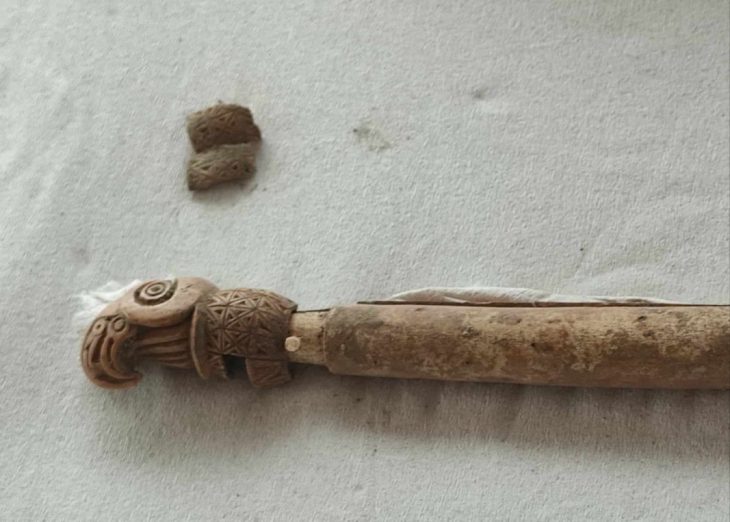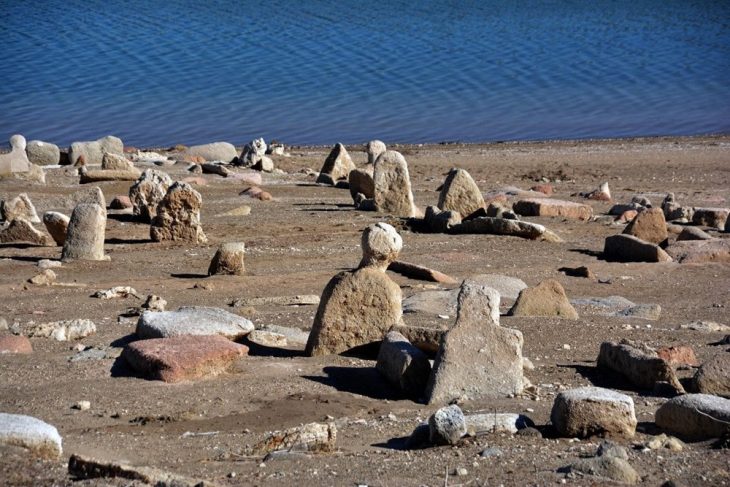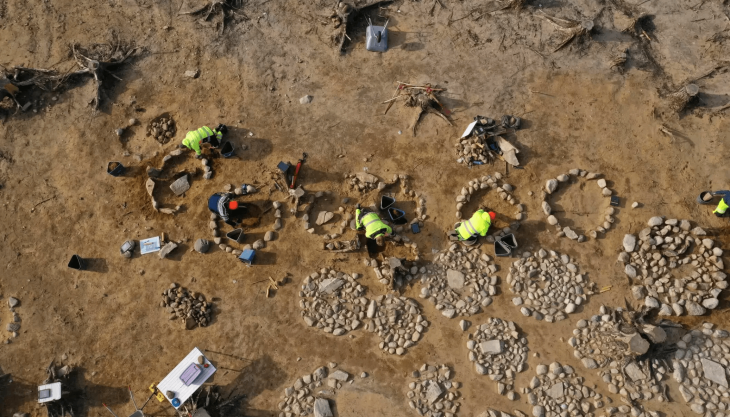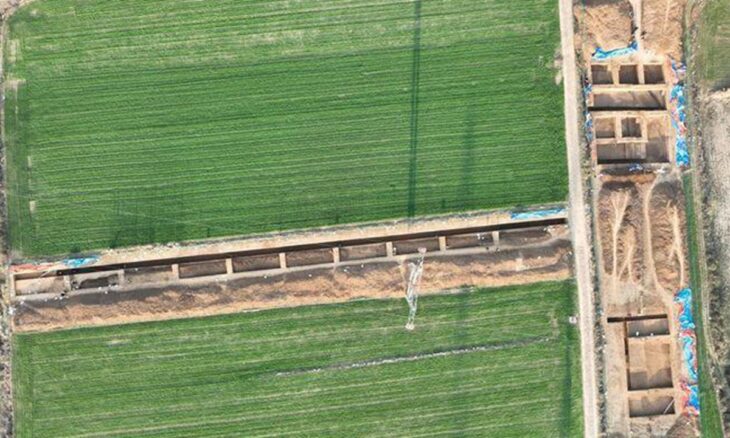Archaeologists have identified what may be the world’s oldest depiction of a tiger — a 5,000-year-old ceramic figurine excavated at Yarim Tepe in northern Iran. Published in Anthropozoologica by Henry P. Colburn of Bryn Mawr College, the study reveals that this figurine predates all known tiger imagery in Iranian art by nearly three millennia, offering an unprecedented glimpse into how early communities in ancient Hyrcania perceived and represented the powerful predator.
The small, reddish-brown figurine, painted with dark stripes, was unearthed in 1960 at Yarim Tepe, a prehistoric mound near modern Gonbad-e Kavus in Iran’s Golestan Province — a region once known as Hyrcania, home to the now-extinct Caspian tiger (Panthera tigris virgata).
The figurine, discovered during excavations in 1960 and later acquired by the Metropolitan Museum of Art in 1963, measures just over 8 centimeters in length. Only the animal’s chest, neck, and part of its head survive, yet its identity is unmistakable. Two dark, carefully painted stripes curve naturally along the body, with another partially visible on the neck — a deliberate artistic feature central to identifying the creature as a tiger, according to Colburn.
Based on ceramic typology known as Caspian Black-on-Red Ware, Colburn dates the artifact to between 3500 and 3100 BCE, during the Late Chalcolithic period.
If accurate, this would make the Yarim Tepe figurine not only the earliest known depiction of a tiger in Iran but one of the oldest anywhere outside the Indian subcontinent. Until now, tigers were believed to have entered Iranian art much later — during the Sasanian Empire (3rd–7th centuries CE) — when motifs of tiger hunts and royal power became popular on silver vessels and court artworks.
📣 Our WhatsApp channel is now LIVE! Stay up-to-date with the latest news and updates, just click here to follow us on WhatsApp and never miss a thing!!
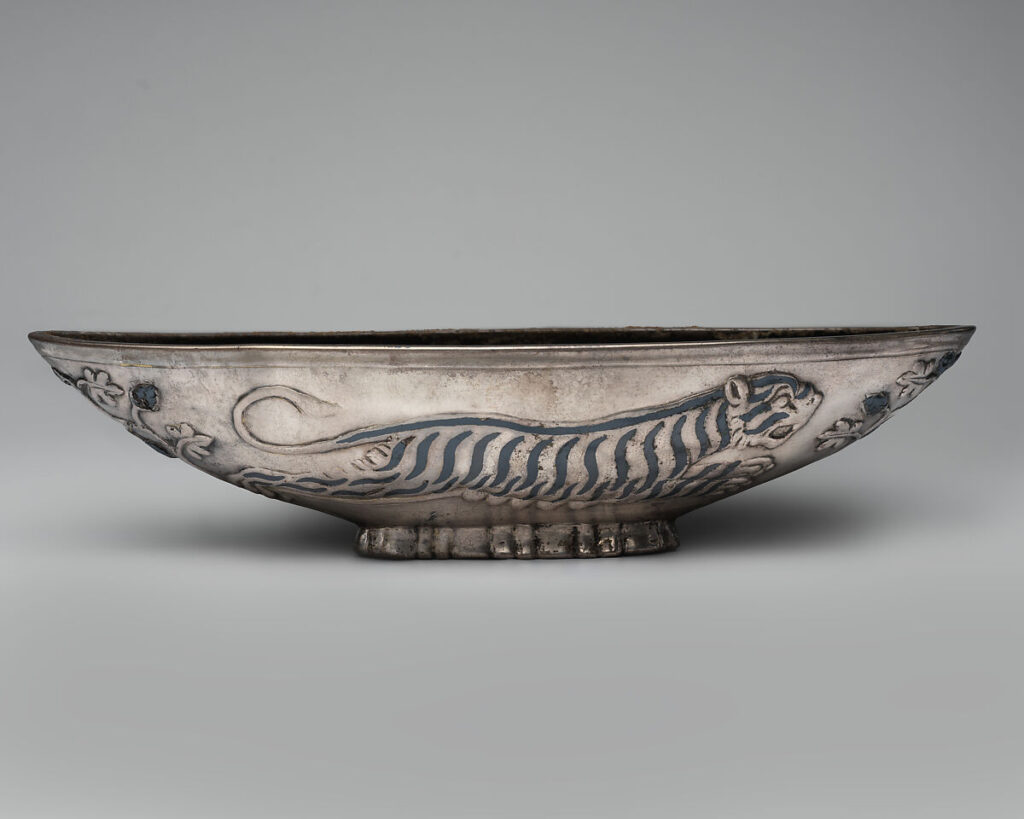
Colburn’s findings challenge this assumption by suggesting that the cultural association between tigers and Iranian identity may stretch back thousands of years earlier. “Although its exact function is unknown,” he notes, “the figurine must have played a role in shaping local identity at Yarim Tepe.”
The study places the discovery within the broader ecology of ancient Hyrcania — a lush, forested region between the Alborz Mountains and the Caspian Sea. These Hyrcanian forests, now a UNESCO World Heritage Site, were once home to red deer, wild boar, and tigers, which roamed the region until the 20th century. The figurine’s naturalistic stripes and clay texture suggest that its maker had direct familiarity with the animal’s appearance — indicating local observation rather than imported myth.
Other Chalcolithic sites in northeastern Iran — such as Shah Tepe, Tureng Tepe, and Tepe Hissar — have yielded similar ceramic styles but no comparable animal representations. This makes the Yarim Tepe tiger a unique find within the archaeological record of prehistoric Iran.
Beyond its artistic value, the figurine carries deep symbolic implications. In later Persian culture, the tiger became an emblem of heroism and divine strength. In Ferdowsi’s Shahnameh, written around 1000 CE, the legendary warrior Rustam wears a tiger-skin cloak known as the babr-e bayān. Colburn argues that the Yarim Tepe figurine could represent the earliest manifestation of this enduring cultural symbol — a material echo of what would later become central to Persian mythology.
The study also reframes the relationship between Iran and Central Asia. Earlier theories attributed tiger imagery in Iran to external influences from Bactria or the Indus Valley, but the Yarim Tepe discovery points to an indigenous artistic tradition rooted in Hyrcania itself.
By connecting prehistoric craft with later imperial art and literature, Colburn’s research reveals a remarkable continuity: from a humble clay tiger crafted 5,000 years ago to the royal beasts that adorned Sasanian palaces and the poetic epics of medieval Persia.
Colburn, H. P. (2025). The first Hyrcanian tiger? A unique figurine from Yarim Tepe, Iran. Anthropozoologica, 60(10), 131–142. https://doi.org/10.5252/anthropozoologica2025v60a10
Cover Image Credit: Tehran Times

